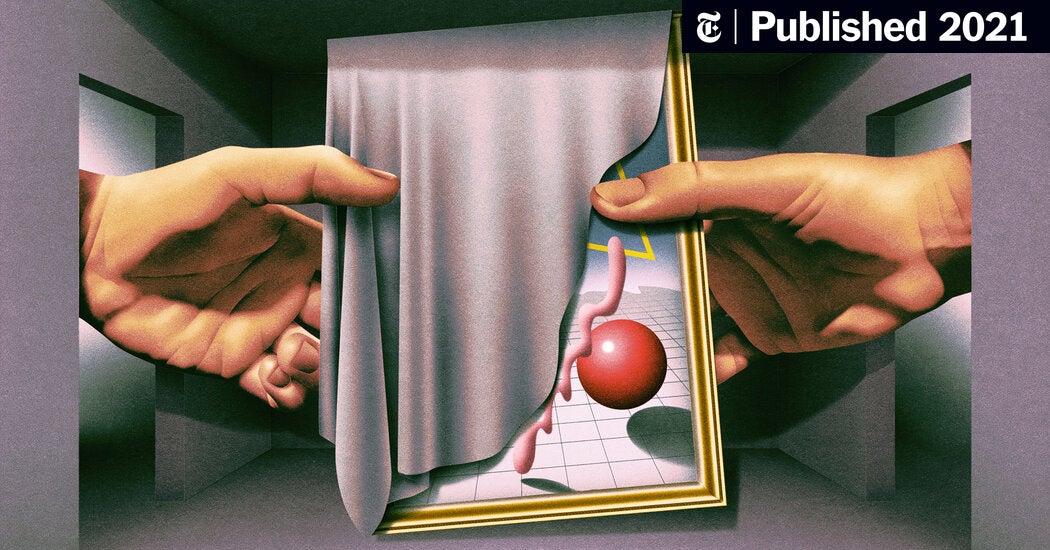Mr. Isen provided his perspective on art market transactions.
“It’s different than selling a car,” he said, “’cause car has to have the registration, the title, and this and that and everything. … These are nothing. … These could have been, these could have been your grandmother’s. You follow me?”
“So I can say, ‘hey, this is stuff that I inherited not that I bought,’” Lisa asked.
“Right. ‘I found it at a thrift store, they were $10 a piece,’” Mr. Isen replied.
Mr. Isen had not been accused of wrongdoing in Belciano’s case and has denied knowing Mr. Belciano was using the art to launder money, but as a result of his conversations with Lisa, who was an undercover agent wearing a wire, he would later be charged with money laundering and plead guilty in 2015. He was sentenced to 320 hours of community service and received a $15,000 fine.
A week after their first conversation, Lisa returned to Mr. Isen’s gallery to buy 12 Salvador Dalí lithographs for $20,000. She had the cash in a brown paper bag. It smelled of drugs, she told the gallerist, because she kept it with her marijuana stash.
He told her she was not getting an invoice for her purchases, according to the court papers.
“No invoices? Cool,” she replied. “No receipt, no invoice, I’m good with that. That’s the way I like to do business.”
“We never saw you before,” Mr. Isen said.
Zachary Small contributed reporting. Alain Delaqueriere contributed research.
Audio produced by Parin Behrooz.

